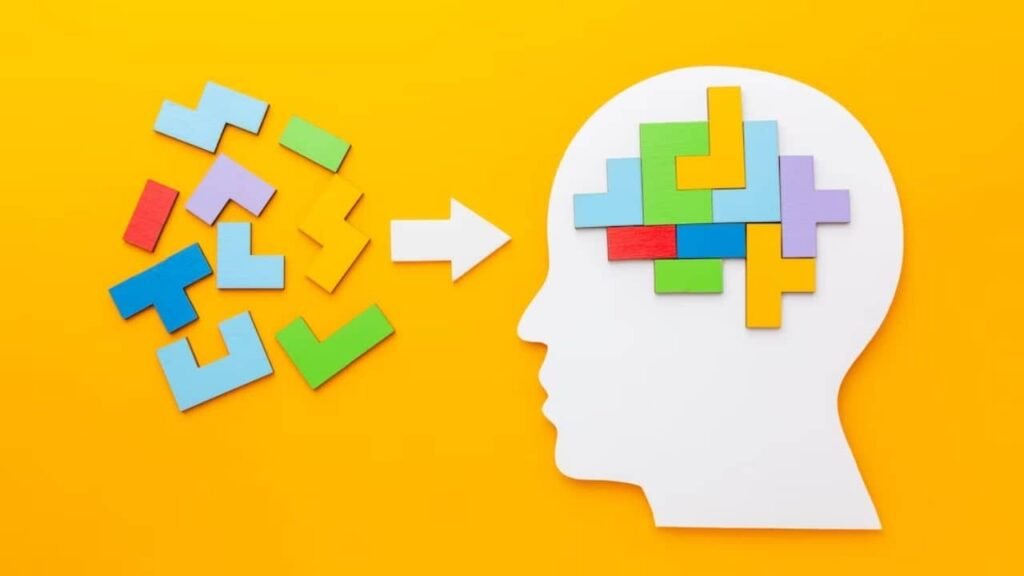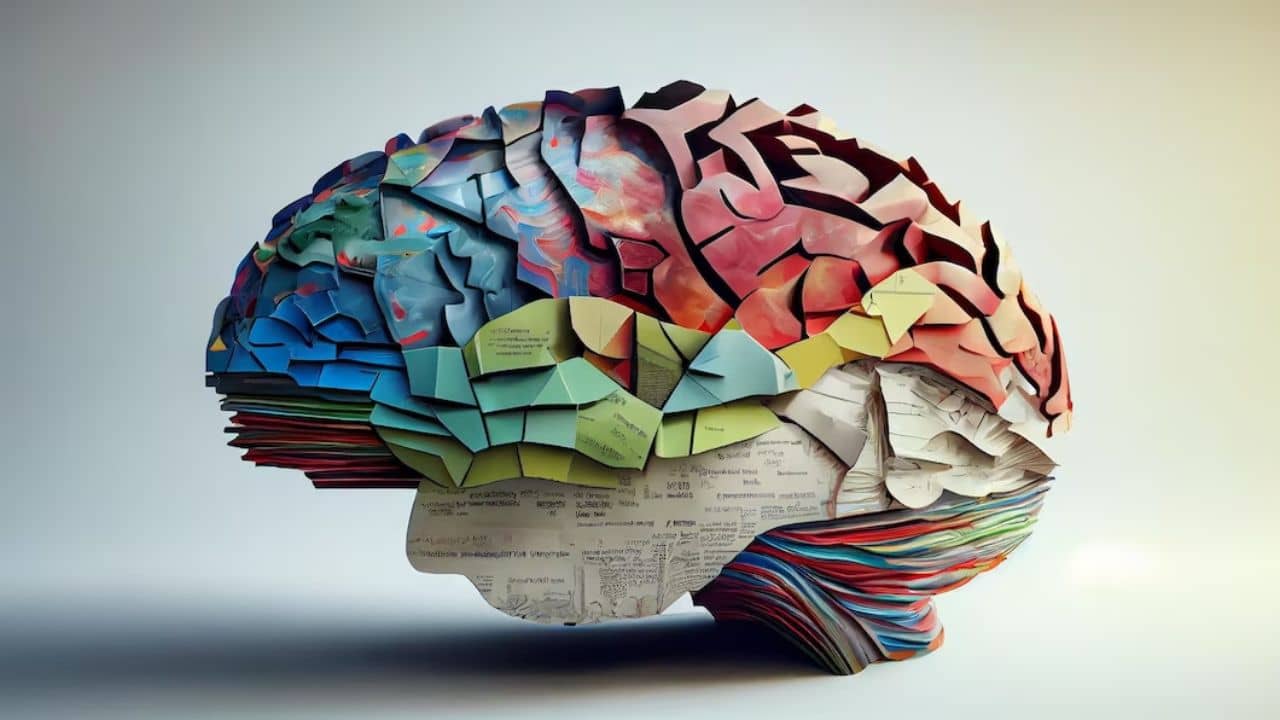Neurodiversity is a concept that recognizes and embraces the natural variation in neurological differences among individuals. It suggests that neurological conditions such as autism, ADHD (Attention Deficit Hyperactivity Disorder), dyslexia, and other cognitive differences should be viewed as part of the normal spectrum of human diversity rather than as disorders that need to be “fixed” or normalized.
The neurodiversity movement advocates for acceptance, understanding, and accommodation of individuals with various neurological conditions. It challenges the traditional medical model that pathologizes these conditions and instead promotes a social and cultural perspective that values the unique strengths and perspectives that neurodiverse individuals bring to society.
By acknowledging and respecting the differences in how people’s brains work, the neurodiversity movement seeks to create a more inclusive and accommodating environment that allows individuals with neurological differences to thrive and contribute in their own ways. It emphasizes the idea that diversity in neurological functioning can lead to creative problem-solving, different ways of thinking, and valuable contributions to various fields and aspects of life.
Neurodiversity And Autism Spectrum Disorder
Neurodiversity is often closely associated with autism, as the neurodiversity movement gained significant momentum within the autism community. Autism is a neurological condition characterized by differences in social communication and behavior patterns. The neurodiversity perspective on autism asserts that it is simply one of many natural variations in human neurology, rather than a disorder that needs to be cured or normalized.

Key points regarding the relationship between neurodiversity and autism include:
1. Acceptance and Celebration: Neurodiversity advocates emphasize accepting and celebrating autistic individuals for who they are, rather than trying to change them to fit into neurotypical norms. Autistic people have unique strengths and ways of thinking that should be valued.
2. Dismantling Stigma: The neurodiversity movement seeks to dismantle the stigma surrounding autism and other neurodivergent conditions. It challenges negative stereotypes and encourages a more inclusive and respectful societal attitude.
3. Accommodation and Support: While the neurodiversity movement promotes acceptance, it also recognizes the importance of providing appropriate accommodations and support for autistic individuals. This can include creating sensory-friendly environments, improving access to communication tools, and ensuring equal opportunities for education and employment.
4. Empowerment: Neurodiversity empowers autistic individuals to advocate for themselves and to be actively involved in decisions that affect their lives. It encourages self-advocacy and autonomy.
5. Reframing of Language: The movement promotes using respectful and inclusive language when discussing autism, avoiding terms that pathologize or stigmatize individuals. For example, “autistic person” is preferred over “person with autism” by many within the neurodiversity movement.
6. Challenging Medical Model: The neurodiversity perspective challenges the traditional medical model that views autism as a set of deficits or abnormalities to be fixed. Instead, it focuses on the strengths, talents, and contributions of autistic individuals.

What are the benefits of thinking differently?
Thinking differently, as embraced by the neurodiversity perspective, offers several benefits to individuals and society as a whole:
1. Innovative Problem Solving: Neurodiverse individuals often possess unique thinking styles and perspectives. Their different ways of approaching challenges can lead to innovative solutions that might not have been considered within a more homogenous group.
2. Creativity: Diverse thinking can lead to increased creativity. Neurodiverse individuals often have unconventional thought processes that can lead to new ideas, artistic expression, and original approaches to various fields.
3. Complex Problem Analysis: Neurodiverse individuals may excel at analyzing complex problems from multiple angles, considering factors that others might overlook. This can lead to a deeper understanding of issues and more effective strategies for addressing them.
4. Attention to Detail: Many neurodiverse individuals exhibit a strong attention to detail and the ability to focus intensely on specific tasks or topics. This attention to detail can be advantageous in tasks that require precision and accuracy.
5. Diverse Skill Sets: Neurodiversity encompasses a wide range of cognitive abilities and talents. Some individuals might excel in areas such as mathematics, music, art, or technology due to their unique cognitive profiles.
6. Enhanced Memory: Some neurodiverse individuals have exceptional memory skills, which can be valuable in fields that require data retention, such as history, science, or research.
7. Perseverance and Determination: Many neurodiverse individuals face challenges that neurotypical individuals might not experience. As a result, they often develop strong resilience, perseverance, and determination, which can be valuable traits in various aspects of life.
8. Diverse Communication Styles: Neurodiverse individuals often communicate in diverse ways, which can lead to richer and more inclusive communication environments. Embracing these differences can foster improved understanding and empathy among people.
9. Cross-Disciplinary Collaboration: Neurodiverse individuals can contribute unique insights and expertise to collaborative efforts across various disciplines. Their different perspectives can enhance interdisciplinary projects and lead to more well-rounded outcomes.
10. Increasing Awareness and Acceptance: The presence of neurodiverse individuals challenges societal norms and encourages a broader understanding of human diversity. This can promote tolerance, acceptance, and a more inclusive culture.
11. Economic and Societal Contributions: By valuing and supporting neurodiverse individuals, societies can tap into their potential contributions in fields ranging from technology and science to the arts and beyond, enhancing overall societal progress.
Conclusion
It’s important to note that opinions on neurodiversity and autism can vary. While many individuals and organizations support the neurodiversity movement, others may have different viewpoints, particularly within the medical and therapeutic communities. Ultimately, the aim of the neurodiversity movement is to foster a more inclusive and understanding society where people of all neurotypes can thrive.





